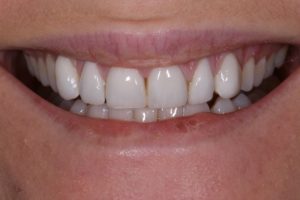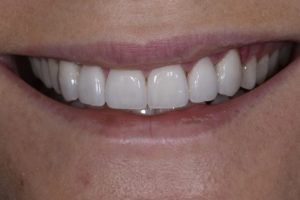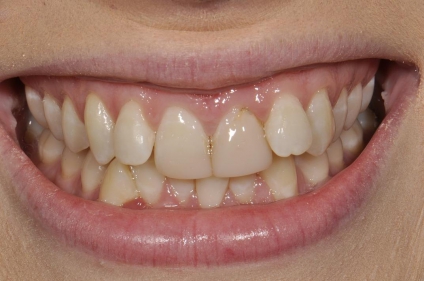How Much Do Porcelain Veneers Cost?
The price of porcelain veneers will vary depending on the number of veneers you want, the complexity of your treatment plan, and other factors that are specific to your needs and goals. During your initial consult, we will go over all the details of your treatment plan, including the full cost of your procedure. We want you to be comfortable, confident, and well-informed about your options. On average, porcelain veneers cost between $1,850 and $2,350. We accept many payment options, including dental financing with Q Card. Please let us know if you’d like to learn more at your appointment.
Complements to Porcelain Veneers
If you’d like to more comprehensively address imperfections in your dentition, our team can speak with you about a Smile Makeover, a personalized combination of minimally invasive treatments designed to make your dream smile a reality. With a Smile Makeover, multiple treatments are incorporated into one all-encompassing treatment plan to address a variety of common dental flaws, such as tooth discoloration, crooked teeth, crowding, disproportionately large gums, and chips in the enamel, among other issues. In this way, a Smile Makeover is completely tailored to your needs, and no two dental plans look exactly the same.
Depending on the nature of your concerns and whether your needs require more extensive treatments — such as SureSmile® or dental implants — a Smile Makeover may be completed in one appointment or unfold over a series of stages. Our dentists can shed light on what you can expect with your unique Smile Makeover after listening to your goals in a consultation. With advanced Digital Smile Design (DSD) technology available at our practice, our team can even give you a virtual “preview” of how you can expect the possible results to affect your smile.
 Some of the many benefits of dental veneers include improving the beauty and strength of the teeth. Other common advantages include:
Some of the many benefits of dental veneers include improving the beauty and strength of the teeth. Other common advantages include:




